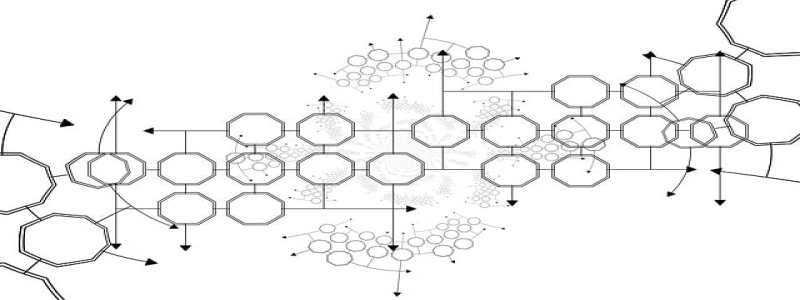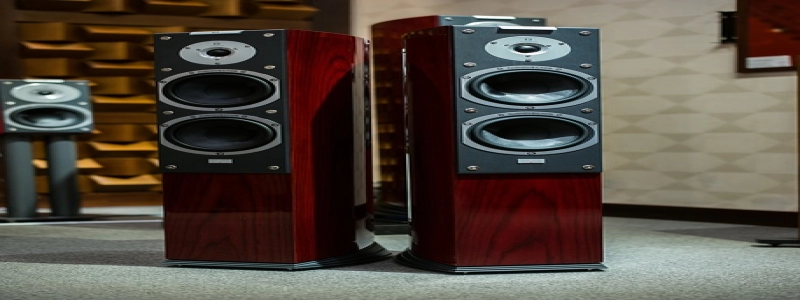Types of Multimode Fiber
Introduction:
Multimode fiber is widely used in telecommunications and data communications systems for transmitting multiple signals simultaneously. It offers a higher bandwidth and faster data transmission compared to single-mode fiber. In this article, we will discuss the different types of multimode fiber and their characteristics.
1. OM1:
OM1 stands for Optical Multimode 1. It is the earliest type of multimode fiber and is widely used in legacy systems. It has a core diameter of 62.5 micrometers and supports transmission distances up to 275 meters at 1 Gbps. However, its bandwidth is limited compared to newer multimode fiber types. OM1 is usually colored orange for easy identification.
2. OM2:
OM2, short for Optical Multimode 2, was developed as an improvement over OM1. It has a smaller core diameter of 50 micrometers and can support transmission distances up to 550 meters at 1 Gbps. OM2 offers better performance in terms of bandwidth and attenuation than OM1. It is commonly identified by its orange color.
3. OM3:
OM3, or Optical Multimode 3, is a popular choice for high-speed networks. It has a core diameter of 50 micrometers and supports higher bandwidth and longer transmission distances than OM1 and OM2. OM3 can transmit data at speeds up to 10 Gbps for distances up to 300 meters. It is typically colored aqua for easy identification.
4. OM4:
OM4 is the latest and highest performing multimode fiber. It offers even higher bandwidth and longer transmission distances than OM3. OM4 has a core diameter of 50 micrometers and can transmit data at speeds up to 10 Gbps for distances up to 550 meters. It is also colored aqua like OM3.
5. OM5:
OM5, known as Wideband Multimode Fiber, is a new standard introduced to support multi-wavelength transmission in multimode fibers. It has the same core diameter as OM4 (50 micrometers) but provides higher bandwidth for short reach applications. OM5 is designed to support short wavelength division multiplexing (SWDM) technology, enabling multiple wavelengths to be transmitted over a single fiber. It is typically colored lime green.
Conclusion:
Multimode fiber offers various options to suit different network requirements. OM1 and OM2 are suitable for shorter distance applications, while OM3 and OM4 provide higher bandwidth for longer distances. OM5 provides enhanced bandwidth for short reach applications using SWDM technology. Understanding the different types of multimode fiber is essential for selecting the right fiber optic solution for your network needs.








